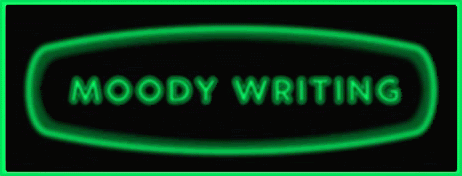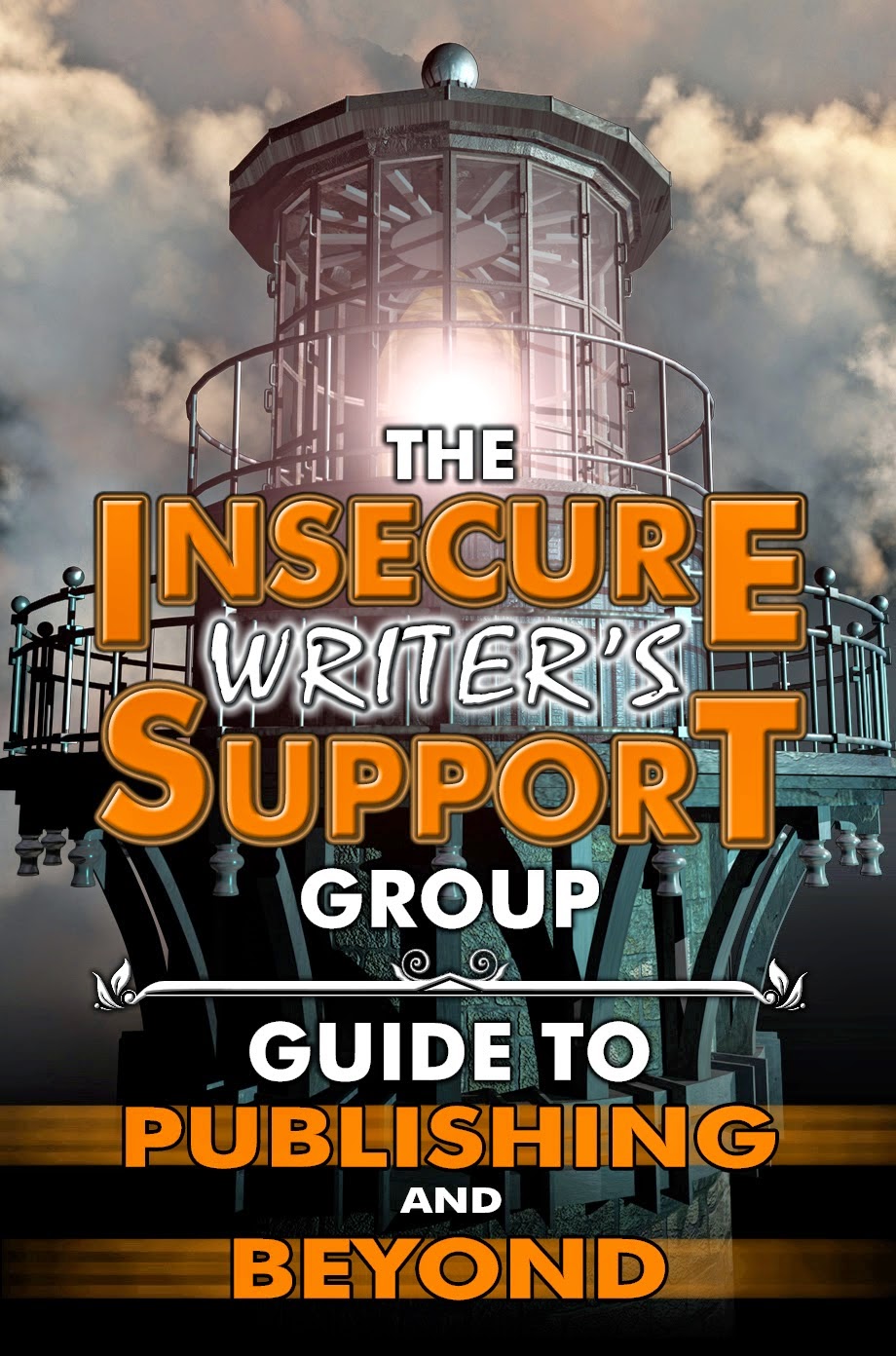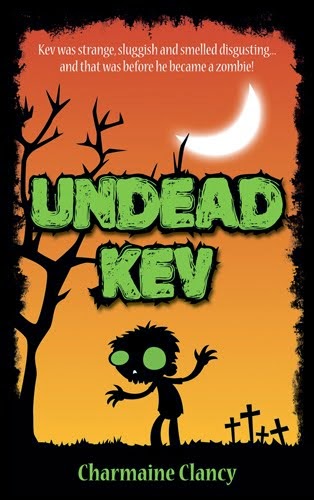When it comes to feeling sympathy, our emotion are hardwired to be triggered by the distress of others.
It can be tempting to avoid
putting your characters (especially the ones you like) in too much pain and
agony. Whether physical or mental, any kind of suffering can feel like a
betrayal of characters you’ve become very fond of.
Unfortunately, if you don’t put
them through the wringer their problems will seem minor and not worth worrying
about.
Suffering doesn’t have to be pain
and anguish, it can be embarrassment, frustration, humiliation, loss and a host
of other things. It just has to be unpleasant.
Seeing the outcome of a difficult
predicament, seeing the characters breakdown, bleed or fall apart is what makes
the reader connect with them and ultimately feel sorry for them. And that’s
when you’ve got them hooked. People can’t help but empathise with people who
are really having a bad time of it.
If you don’t show them at their
low point, the connection will be superficial at best.
Often, suffering is referred to as
something that happened earlier in the story. We didn’t see it but the effect
is that the character is now driven to do whatever it is they’re about to do.
That’s pretty useless in most cases.
For the full effect on the reader
they need to see the cause, the effect and the consequences. It should be
graphic, visceral and as cruel as possible.
However, it’s worth remembering
that obvious, clichéd representations of emotion won’t do much for a seasoned
reader. Big fat tears rolling down someone’s cheeks will have a fraction of
their potential effect if they are presented without context or reason.
The other thing to remember is
that if the cause of the suffering is unfair, unreasonable, unjustified or
undeserved, it adds to the reader’s sympathy levels. This is true across the
board. If any character receives bad treatment they’ve done nothing to warrant,
readers will feel for them even more. And if they suffer in an attempt to
protect someone else, jackpot!
Of course, it’s also possible to
abuse this fact and heap misfortune after misfortune on to your characters,
turning the story into melodrama.
Suffering is best employed by
showing the cause of the misery (so readers can judge its validity for
themselves) and then spending a little time with the character as they suffer.
This will not only allow the reader a vicarious emotional experience (depending
on how good your writing is) but it will also reveal the kind of person the
character is, as different people deal with suffering in their own way.
That said, one of the most
powerful ways to use suffering to your advantage is to not show it, or at least to show a
character trying to hide how much they’re hurting. More on that in the next
post—Sympathetic Characters Part 3: Noble Souls.
***
If you found this post useful, please give it a retweet. And don't to forget to check out The Funnily Enough for the best of the week's posts on writing by other bloggers. Cheers.







































































































20 comments:
My main character spent most of the first book trying to hide his painful past. And I also dropped something big on him near the end. I still came close to him not being a sympathetic character though.
@Alex - the dark side of the ninja captain?
"a character trying to hide how much they’re hurting" - that is really powerful. I will use this tip, thanks!
Awesome points as always!
I just recently overhauled my story and my main character is now going to have a much harder time making it through the book.
I'm also trying to figure out how to better show group responses to another's pain. That's the part I find the most interesting about characters suffering... how others respond.
The amount of suffering that Bella went through in Twilight when Edward moved away (I think) was over the top and got really old. She even tried to commit suicide. I know that those books are international gazillion best sellers, so what the hell do I know about writing? However, it really annoyed me. So I guess I agree with you, but wish that "suffering" wasn't so melodramatic in some very successful tales.
Very, very true! I personally love to see characters go through a good amount of trials, because not only do you like them, but they grow, too -- and growth is important for any character. A stagnant character is no fun.
@Margo - more on that in the next post.
@CBame13 - you're right, the other characters' reaction can be very effective.
@Michael - a lot of these methods to create sympathy are open to abuse. Very profitable abuse.
"It can be tempting to avoid putting your characters (especially the ones you like) in too much pain and agony."
Is it bad I don't really worry about this? Most of my characters sustain significant physical damage, are under high mental stress, and occasionally get tortured . . .
Likewise, except that I always make sure to give them a hppy ending. I'm a believer in happy endings.
I love characters that suffer. I like both writing them and reading them. Could be why I'm drawn to the "bad boy" types.
.........dhole
I'm looking forward to Sympathetic Characters Part 3: Noble Souls. My character suffered and carries the consequences of that in her curious behavior moving forward. It is necessary to show some of this past to explain her motivation. But it's tricky to show much, it can't look like self-pity--which no one wants to read, it is an unappealing quality. The book is a memoir so you understand the problem. Is the only "reader friendly/acceptable" reaction to suffering in a memoir "stoicism"--in order to avoid this self-pity quality? But a "stoic" has discipline and wouldn't "spin out"--the consequences of the suffering that are so interesting. Without details I imagine this is hard to follow. I look forward to your next post.
Thanks for another inspiring article. I need to go off and make my characters show their suffering more.
This post is making me realize that none of my characters go through too much suffering. I mean they do evoke reader sympathy, but not to the extent of making the readers cry.
@Alexandra - suffering should be the impetus for the character to take action in some way. Moping should be kept to a strict minimum.
@Golden - once you get into the habit I think you see it as part of the process. No pain, no gain.
@M.A. - Nothing wrong with that.
@Donna - You and many others. Bad boys sell very well.
@Anon - you raise an interesting point. I think it's what they do next that really counts, not the time spent licking wounds. The real purpose of the hurt is just to establish the motivation for what they do about it. You need enough for it to impinge the reader's emotions, but any more than that isn't going to help.
@Francene - you don't need more to show it better.
@Rachna - you don't need to push it too hard, just one method in many.
I agree with you to an extent. Sometimes, heaping suffering isn't necessarily the golden way to sympathy.
The reason why I say it is this: if the author's heaping suffering on the story, he/she is running a VERY real risk of damaging the internal logic of the story.
Yes, suffering needs to be there, but it must come out of the story. If it's coming from the author because he/she needed motivation for the character, it's bad.
Worse, it sticks out like a sore thumb.
One example I can think of is an author (whose name I promptly forgot)who let a character form an instabond with a male character. The FMC then had a single night with the guy before the villain killed him.
At which the FMC goes on a revenge rampage that drives the book.
Cruel, yes.
Reader reaction: rolling of eyes and moving on.
@Misha - any time a writer uses poorly set up story elements it's going to leave the story lacking, that's true of any technique.
The point of this series isn't so much to do with motivation (although many of the elements I talk about can also play a role there), but with how to effect an emotional response in the reader. These techniques are all open to being abused. I take no responsibility.
I've had issues with this...trying to really SHOW the suffering. Not so easy to do, but necessary in order to get the reader engaged.
@Jay - it can easily become maudlin or indulgent, but even then is still quite effective.
This is similar to some of the first writing advice I can recall once I started writing in earnest. I think what I was told was "drive your character up a tree, throw rocks at him, get him down "
Man, that still resonates with me. I think suffering is a must.
@Rusty - and make sure a couple of rocks hit him.